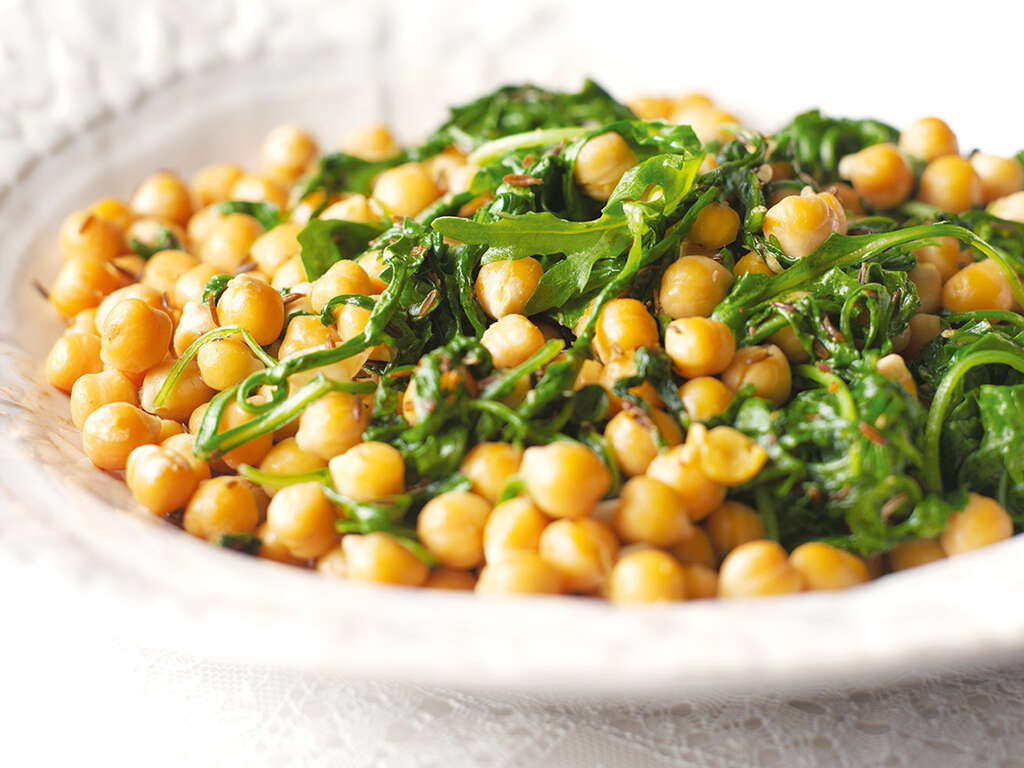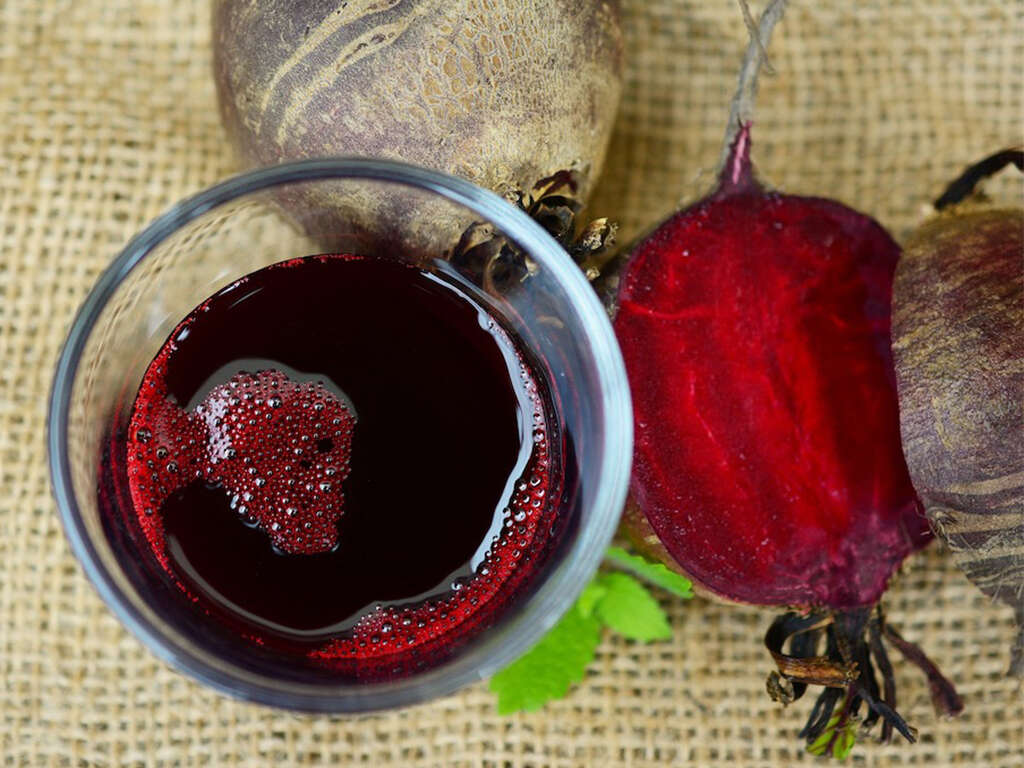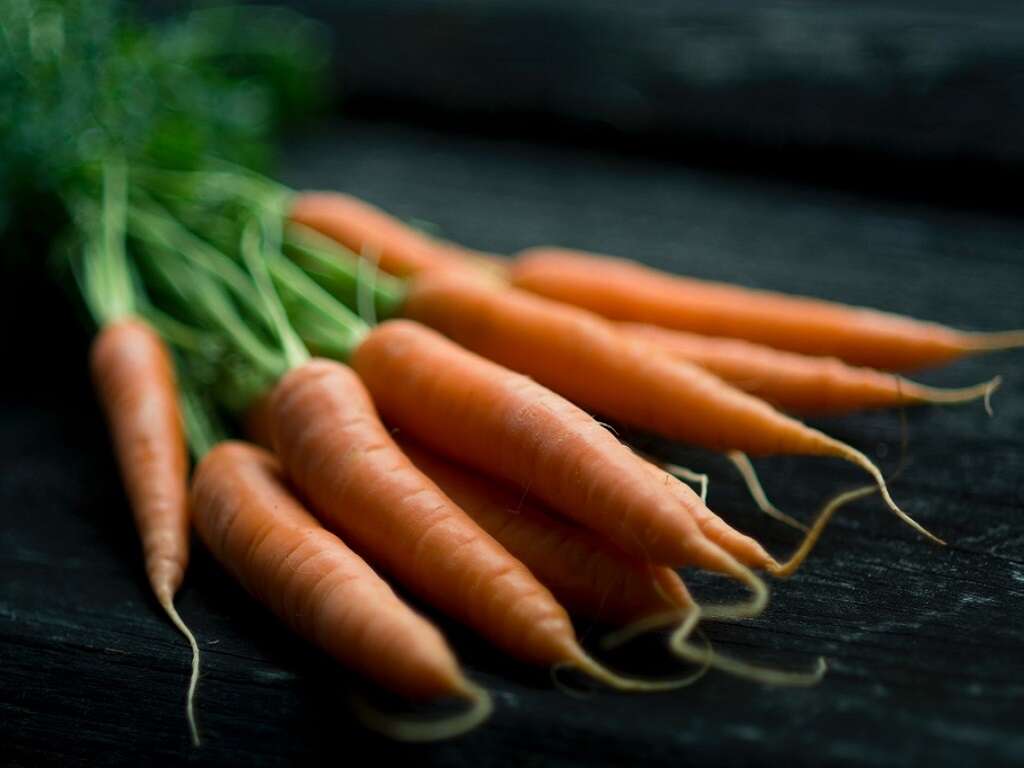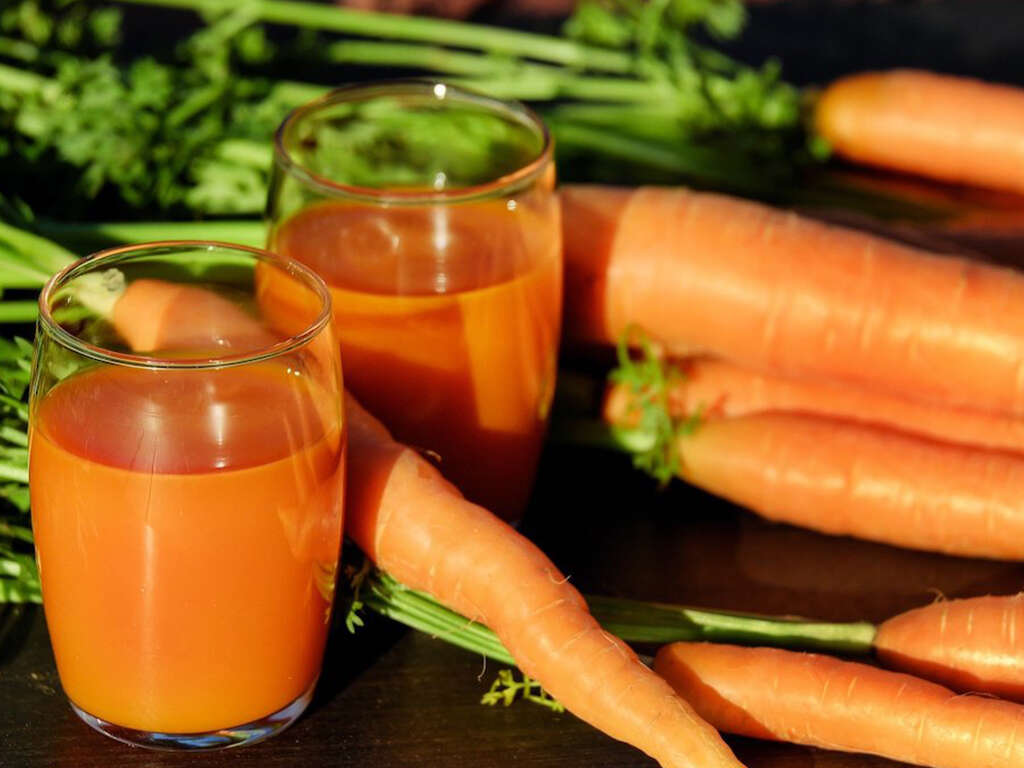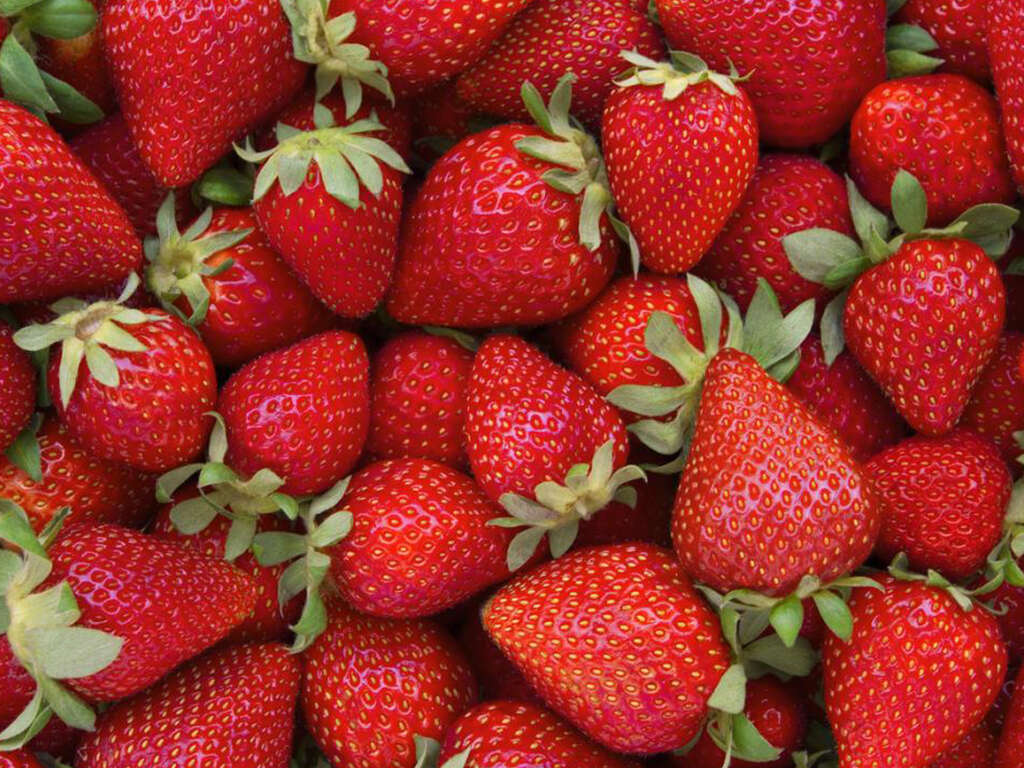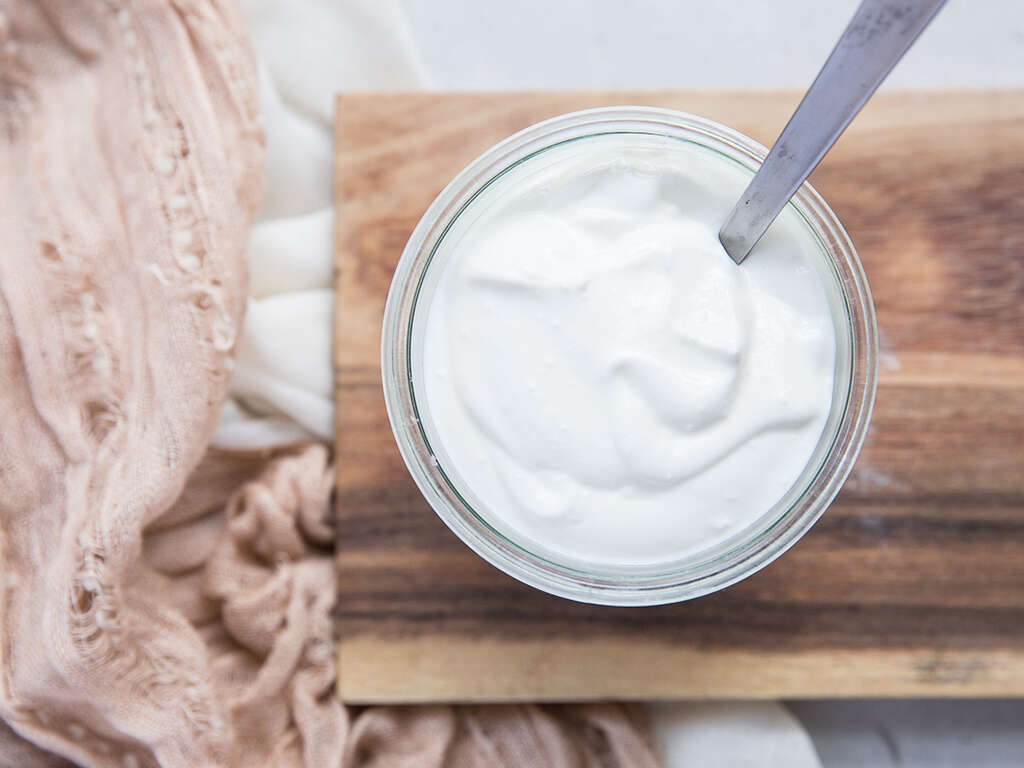10 High Fiber Vegetables
Dietary fiber is vital for human health. It has many health benefits such as improving digestion, reducing cholesterol levels, and blood glucose levels. Fiber refers to the nutrients in food that cannot be digested or absorbed in the gut, which means it simply passes through the intestinal tract.
Vegetable fibers are based on cellulose, most commonly lignin. Vegetable fibers contain both insoluble and soluble fiber. According to MyPlate.gov, the minimum requirement recommends at least 3 servings of vegetables a day. The amount of nutrients and compounds needed to prevent and help treat diseases is essential. Most importantly, there are many vegetables that are an excellent source for meeting dietary fiber needs.
High Fiber Vegetable #1: Artichokes
According to the United States Department of Agriculture, this unique and delicious vegetable is one of the top antioxidant-rich foods. Artichokes are tough in texture before cooking and usually roasted or steamed. It is popular in the use of spinach dips. One medium artichoke has a whopping 10 grams of dietary fiber.
Artichokes are an excellent source of folate, dietary fiber, vitamin C, and vitamin K. They are also a great source of protein, as one medium artichoke contains 9 grams! Ongoing research has indicated that artichokes have medicinal purposes such as protecting the liver, antioxidant properties, helping the digestive system, and preventing heart disease.
High Fiber Vegetable #2: Green Peas
Green peas have been around for hundreds of years in the human diet. They are a great addition to recipes, and adding an abundance of flavor. This vegetable is high in fiber, containing about 9 grams of fiber per cup. They are cooked, frozen, and even canned. Peas are high in starch and protein.
Green peas are highly nutritious. They contain an excellent source of vitamin A, vitamin C, vitamin K, Thiamin, folate, choline, calcium, magnesium, phosphorus, and manganese. Green peas are low in the glycemic index which helps regulate blood sugar levels. Fiber also helps manage diabetes, gastrointestinal functions, provide powerful antioxidants, heart health, and weight management.
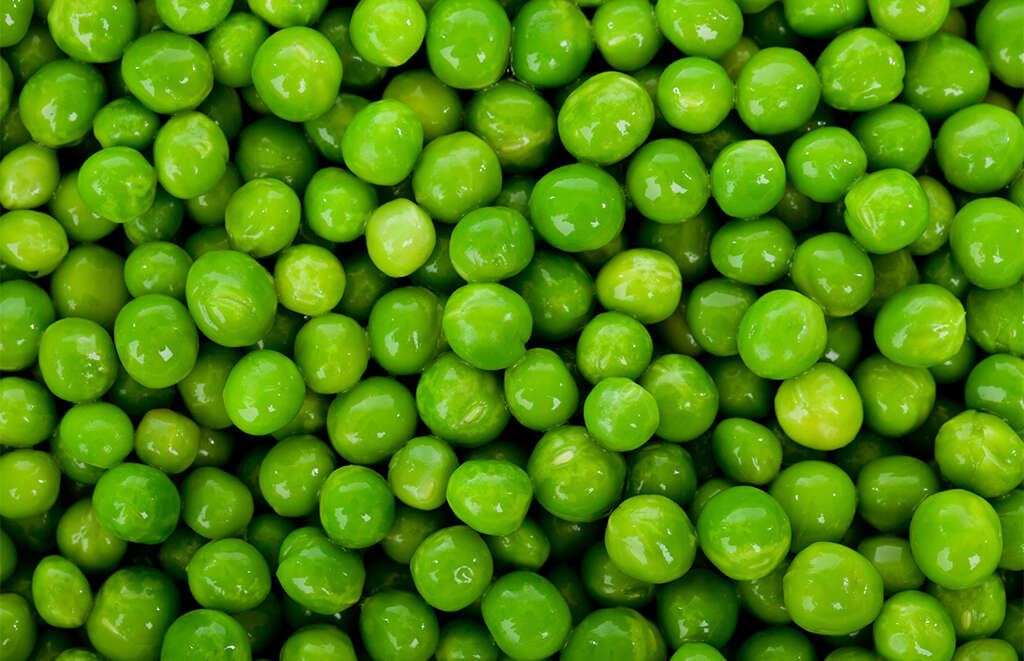
High Fiber Vegetable #3: Broccoli
Belonging to the cruciferous vegetable family, broccoli is a popular, great-tasting vegetable that has many health benefits. One cup of cooked broccoli contains about 5 grams of fiber. It is usually steamed, boiled, and added to many appetizing dishes.
Surprisingly, broccoli contains as much vitamin C as one orange, and it includes beta-carotene. It is high in vitamin K, B vitamins, magnesium, iron, potassium, and folate. As broccoli contains cancer fighting compounds like most cruciferous vegetables, researchers are still studying this effect and its conclusions. However, the amount of essential vitamins, minerals, and fiber in this vegetable provide many health benefits.
High Fiber Vegetable #4: Brussels Sprouts
Brussels sprouts have a reputation of being unappetizing. However, this enriching cruciferous vegetable is high in fiber along with having an excellent amount of nutrients. One cooked cup of Brussels sprouts contains about 4 grams of fiber. It is added to many dishes, or eaten alone. Brussels sprouts are high in protein.
It contains a great amount of fiber along with an excellent source of vitamin C, vitamin K, folate, and manganese. Consuming Brussels sprouts can help decrease the risk of obesity, heart disease, diabetes, promote longevity, and may have cancer fighting properties.
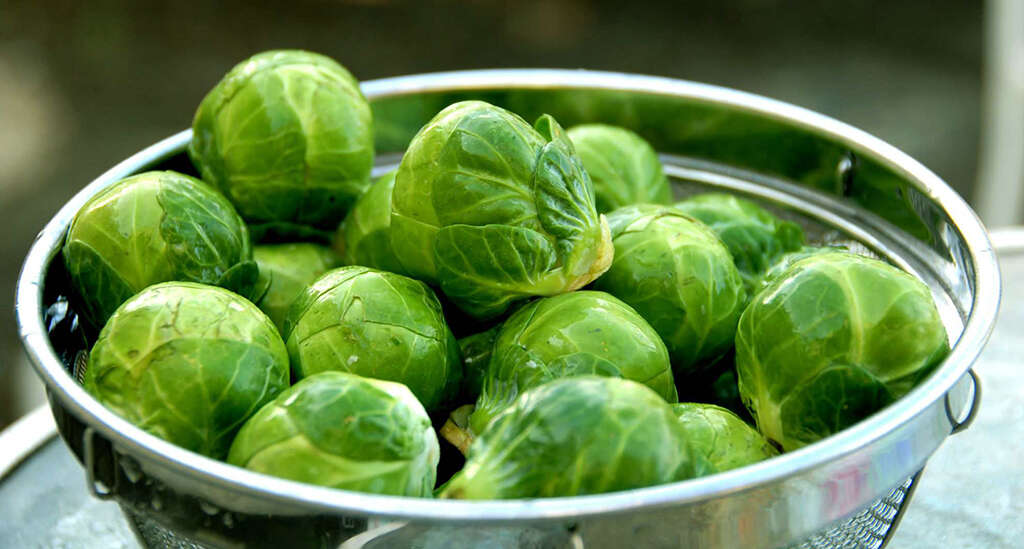
High Fiber Vegetable #5: Collard Greens
Just like broccoli, collard greens are part of the cruciferous family. Popular in southern cooking, it is usually stir-fried or steamed. One cup of cooked collard greens contains 5 grams of fiber. This popular vegetable has many benefits as it contains an immense amount of nutrients. Consider sautéing them and serving them as a side dish with steak.
Collard greens are high in protein, fiber, calcium, iron, vitamin A, vitamin C, vitamin K, and phosphorus. Due to the high content of these nutrients, collard greens’ health benefits include improved digestion, bone strength, cancer prevention, diabetes, longevity, and cholesterol levels.
High Fiber Vegetable #6: Carrots
This sweet orange vegetable is an excellent health food that is an easily accessible snack for children and adults. It is known to be good for our eyes due to its content of beta-carotene. This popular vegetable contains about 4 grams of fiber per cup.
Carrots are rich in fiber, but they also contain a great amount of micronutrients such as potassium, beta-carotene, and vitamin K. Carrots are well known to have an excellent amount of vitamin A. Consumption of carrots helps vision. Due to the rich source of beta-carotene, carrots are cancer-fighting and help the immune system.
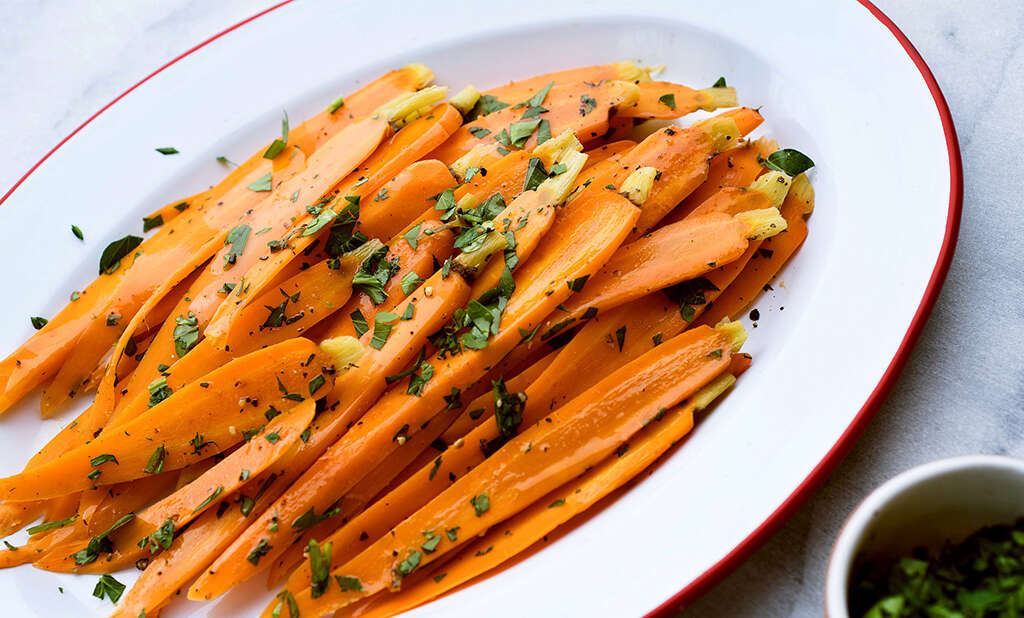
High Fiber Vegetable #7: Beets
Next to the other variations of vegetables, its rich and deep red color has been used in many dishes around the world. Beets are usually found in a salad bar, pickled jar, or served as a side dish. Beetroot is part of the root vegetable group and high in fiber, providing 4 grams of fiber in 1 cup. Fiber, as we know, is great for digestive health.
Beetroot has many health benefits. Its contents include an excellent source of potassium, manganese, folate, and vitamin C. One study has concluded that raw beet juice was effective in improving blood pressure as well as improving systemic inflammation. Also, a study has shown the improvement of exercise performance where beetroot juice helped regulate mitochondrial respiration and muscle contraction.
High Fiber Vegetable #8: Sweet Potatoes
This sweet and starchy root vegetable has become more popular in restaurants replacing the russet potatoes. Most of the different types of potatoes contain great amount of fiber, however the sweet potato has the most fiber content. A medium sized baked sweet potato contains about 6 grams of fiber.
Sweet potatoes contain a good array of micronutrients. Some of these nutrients include vitamin A, vitamin C, vitamin B6, potassium, and manganese. In one study, it was concluded that sweet potato peels contain dietary components that prevent some types of cancer and also contribute to good eye health.
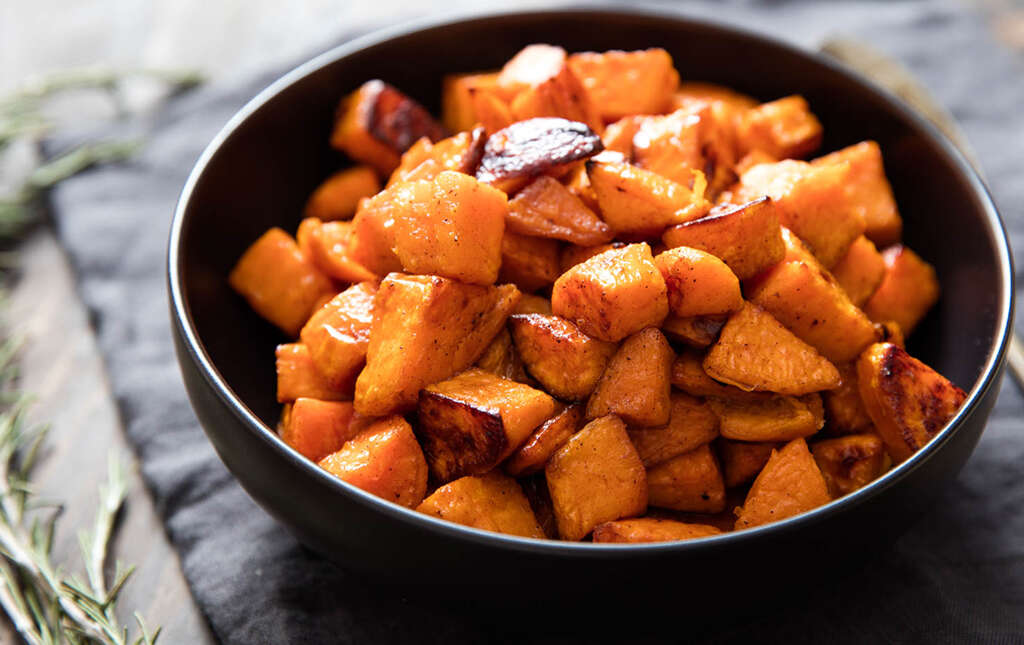
High Fiber Vegetable #9: Butternut Squash
This unique shaped vegetable is a member of the gourd family and is most popular during the fall season. It is rich in antioxidants and phytonutrients, while being rich in fiber. One cup of baked squash contains about 3 grams of fiber. This nutritious vegetable is popular as a side dish and savored in a creamy butternut squash soup. It has also become a trend to create butternut squash noodles in replacement of white flour noodles.
Butternut squash is exceedingly high in vitamin A and important for eyesight and the immune system. It is a great source of vitamin C, folate, calcium, potassium, and magnesium. As it is high in antioxidants, it may have natural treatment of oxidative stress.
High Fiber Vegetable #10: Spinach
Spinach is related to beets, and is considered to be a green leafy vegetable. It is popular for being fresh and placed in salads and sandwiches. When you think of spinach, you think of the character Popeye and its correlation of eating spinach keeping you strong. With its nutrient content, there is some truth to that character’s habits.
Spinach is a great source of fiber, protein, iron, thiamin, vitamin B6, vitamin C, vitamin A, vitamin K, folate, iron, potassium, and calcium. As spinach contains chlorophylls, a study concluded that consuming spinach extract showed protection against blocking carcinogenic effects of heterocyclic amines. As it contains these essential micronutrients, it helps bone health, blood pressure, and diabetes.



